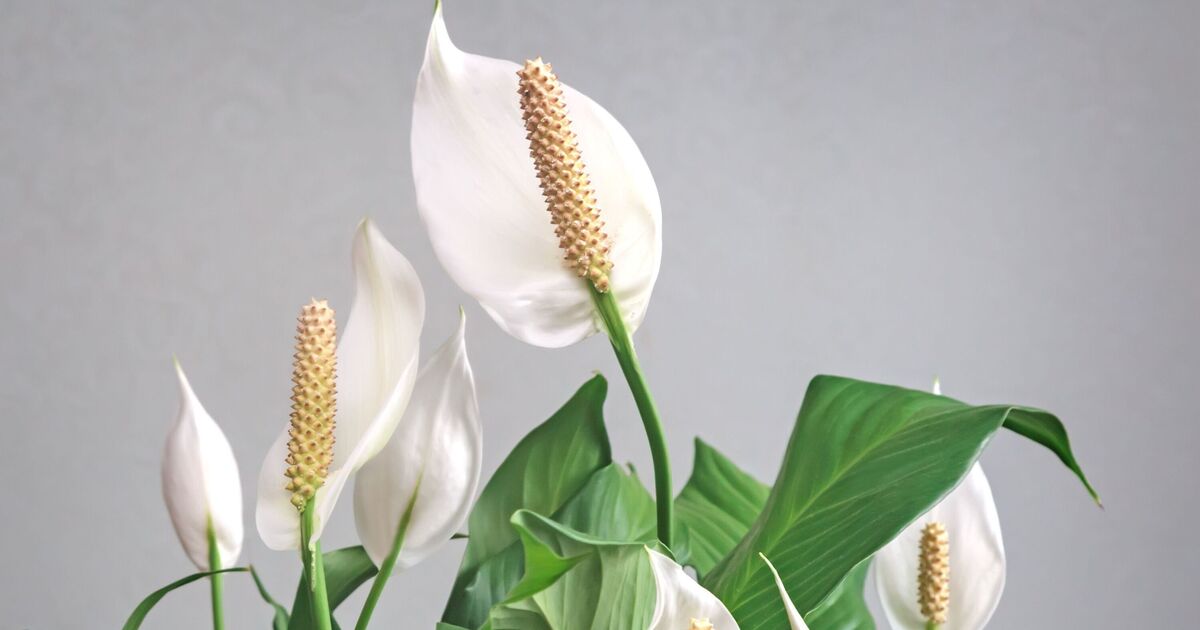Peace lilies are such a thing of beauty that owners may be surprised to hear that they are quite rugged houseplants that tolerate a variety of light conditions, including semi-darkness.
This houseplant can even survive a certain amount of neglect at the hands of busy or forgetful indoor gardeners.
But do peace lilies need fertiliser? Believe it or not, many owners prefer to skip the fertiliser and their peace lily plants do just fine without it.
However, fertilising a peace lily now and then is important for those who want to encourage their houseplant to bloom.
The experts at Lively Root, recommend peace lily owners feed their peace lily “every six to eight weeks with a balanced liquid fertiliser” to support its growth during the active growing season.
Sarah Hern wrote: “I normally buy Miracle-Grow but decided to give this a try. It worked amazingly on my peace lily.
“It sprouted a flower after one feed. My plants are looking very healthy after using this.”
Sam Reader commented: “This is a great product for peace lily houseplants and at a very good price – what a bargain.”
Brian Sound claimed: “Great plant food. My peace lily looks healthy and vibrant since using Baby Bio.”
It’s not just peace lilies that this fertiliser works great for, it works wonders on orchids too.
W. King said: “I use this original Baby Bio plant food weekly for my indoor plants. I also use it for my orchids that seem to flourish with this non-orchid specific type.
“They flower for about six months of the year and have lovely glossy leaves. The price for this 175ml bottle is good value for money, in my opinion.”
Mr R said: “I use this on my orchids and the blooms keep coming several times a year. They look good and the leaves look shiny and green, definitely healthy and happy plants. Just mix with water and give to the plant. I give to my plants once a week.”
To use this product, simply add five to 10 drops of the fertiliser to half a litre of water, then gently pour it onto your plant’s soil.











